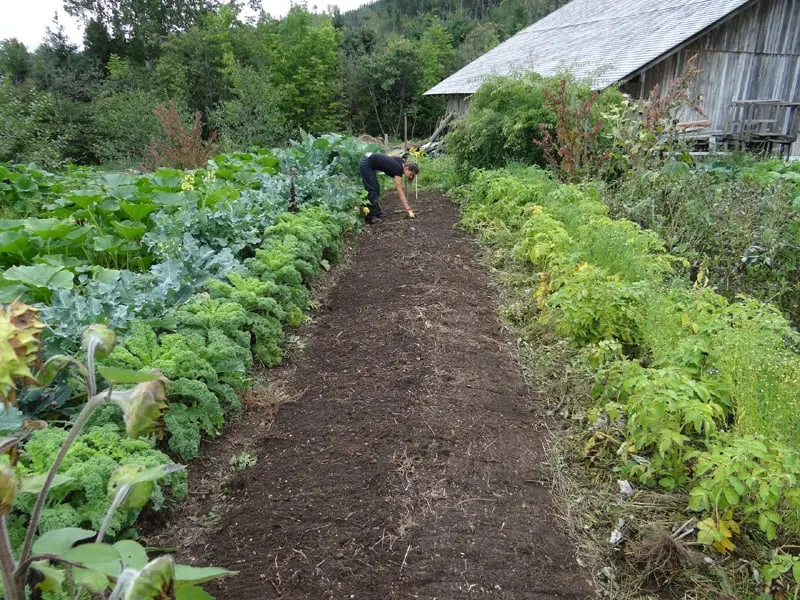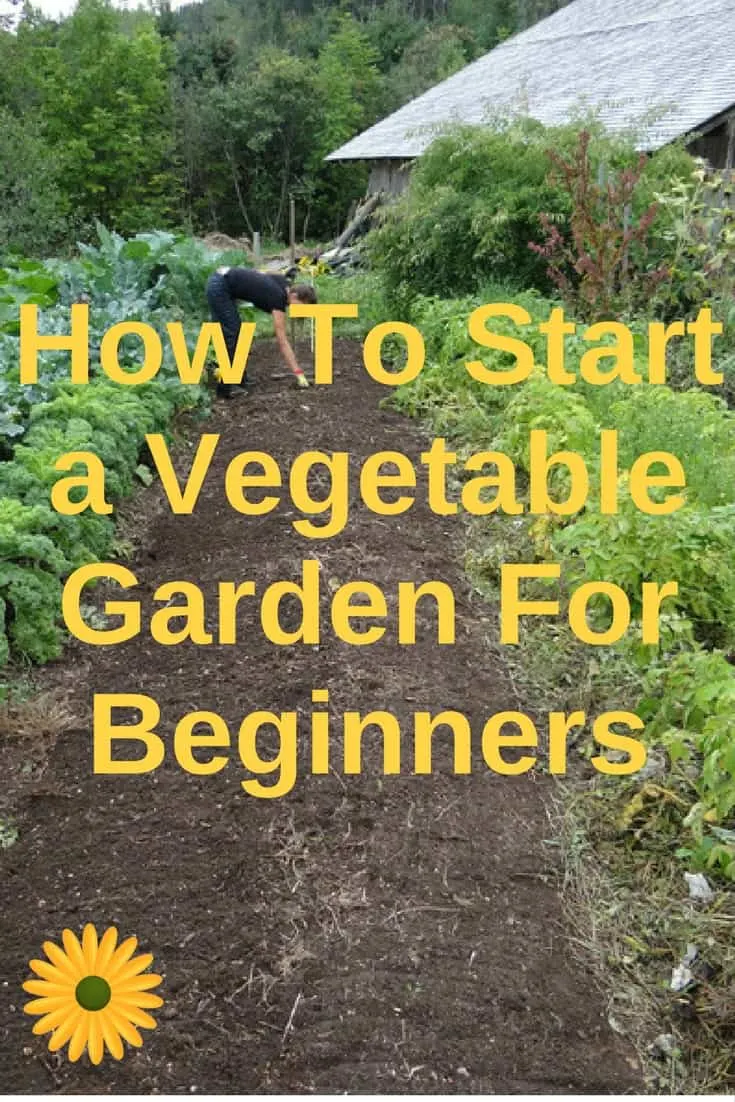If you never grew vegetables before, starting a veggie garden might be a daunting task. But don’t worry: today we’ll look at how to start a vegetable garden for beginners, and by the end you finish reading this, you’ll know what you should grow in your first vegetable garden.

This may seem like an obvious question but to come up with a vegetables growing plan, you must at first think about what you eat.
How to Grow Potatoes: Planting and Harvesting Organic Food From Your Patio, Rooftop, Balcony, or Backyard Garden (Booklet) One of the easiest vegetables to grow is potatoes, but there is no point in having a garden full of spuds when you prefer to get your carbs from bread or rice.
One of the easiest vegetables to grow is potatoes, but there is no point in having a garden full of spuds when you prefer to get your carbs from bread or rice.
The best way to make a vegetable garden plan would be to monitor your weekly shopping to work out which vegetables you buy regularly.
- how many potatoes do you use?
- do you love tomatoes in your daily salad
- how much salad do you eat?
- do you use onions in every cooked dish (like we do)?
But then again, it’s not just what you buy and eat, you will need to understand how many vegetables will each plant give you?
Make a Vegetable Garden Plants List
To give you an idea of yields and space, one 2kg pack of seed potatoes will give you approximately 300 potatoes and take up about 86 square feet of your garden plot. See more about growing potatoes here.
In 10 square feet you could grow 16 onions, but onion sets come in multiple of 50, so you’ll need over 30 square feet to grow 1 pack. How to grow onions.
If lettuce is to your taste remember they take 2 months to grow, so if you eat 2 lettuces per week, you will need to sow 8 salads every month, preferably 12 to allow for losses, so at any one time you’ll need enough room for 36 lettuce plants. Lettuce growing guide.
We love tomatoes and grow enough to fill a chest freezer to make pasta sauces and soups for the year. If you love tomatoes, they perform much better in a glass greenhouse, producing over 50 fruits per plant, (about half of this amount outside). Grow your own tomatoes.
How To Start a Vegetable Garden For Beginners
Gardening for Beginners: 3 in 1 Collection – Container Gardening, Greenhouse Gardening, Vertical Gardening So, if you are a beginner gardener, start by creating a vegetable garden plants list, monitor your shopping for a couple months (or more, if you can) and list the vegetables you buy most often.
So, if you are a beginner gardener, start by creating a vegetable garden plants list, monitor your shopping for a couple months (or more, if you can) and list the vegetables you buy most often.
Next, take a look at the amount of space that you have to start a vegetable garden and divide it up into the rows of vegetables you are most likely to use. As a rough guide make each row about a foot and a half wide, space each plant by an average of 7 inches, and leave some access paths to get to each row.
Unless you have a lot of land, you are unlikely to be able to grow everything you want, but you will definitely be able to make a dent in your super market bill, and have some tasty home grown vegetables on the table.
Here is a list of some of the easiest crops to start a vegetable garden, as well as some simple steps to get your vegetable garden growing.




Backyard Vegetable Garden Ideas
Wednesday 17th of August 2022
[…] How To Start a Vegetable Garden For Beginners […]
Vegetable Gardening For Beginners - Everything You Need To Know
Wednesday 24th of April 2019
[…] this is your first vegetable garden plot, not only do you need to decide what you would like to grow, but you should also have some garden plan ideas. That is, where each plant will grow, mature and […]
How To Plan A Vegetable Garden That Feeds Your Body And Soul
Thursday 3rd of May 2018
[…] vegetables, are the mainstay of healthy bodies and should be about 50 percent of what you eat. Growing your own vegetables and fruits assures that you are getting fresh, organic foods to fuel your […]
How To Get Your Garden Ready For Spring | Backyard Garden Lover
Monday 26th of February 2018
[…] if your dream garden is a flower oasis or a full vegetable garden, here’s what you need to do to […]
Trench Composting For Garden Success | Backyard Garden Lover
Sunday 7th of January 2018
[…] composting for a vegetable garden is simply the act of burying waste. To follow the zone system, choose an area in your vegetable […]